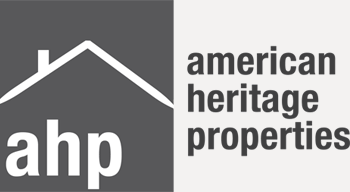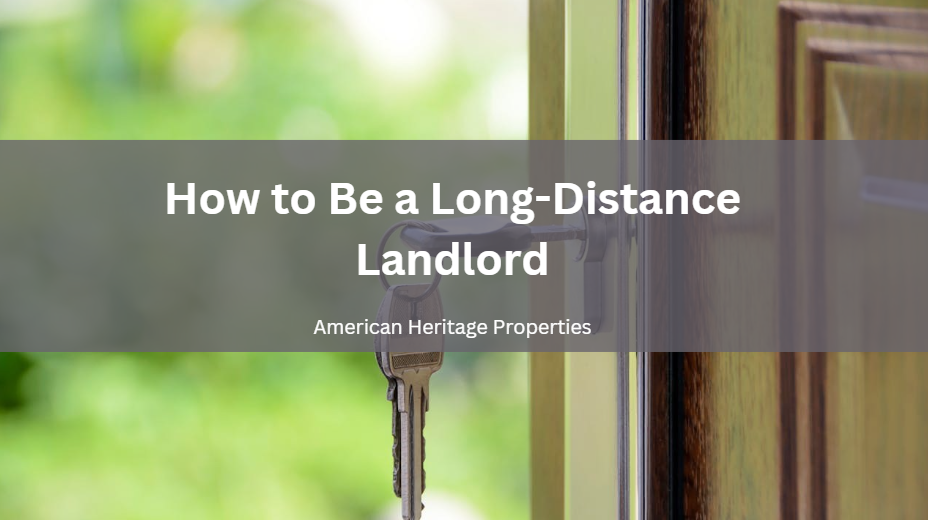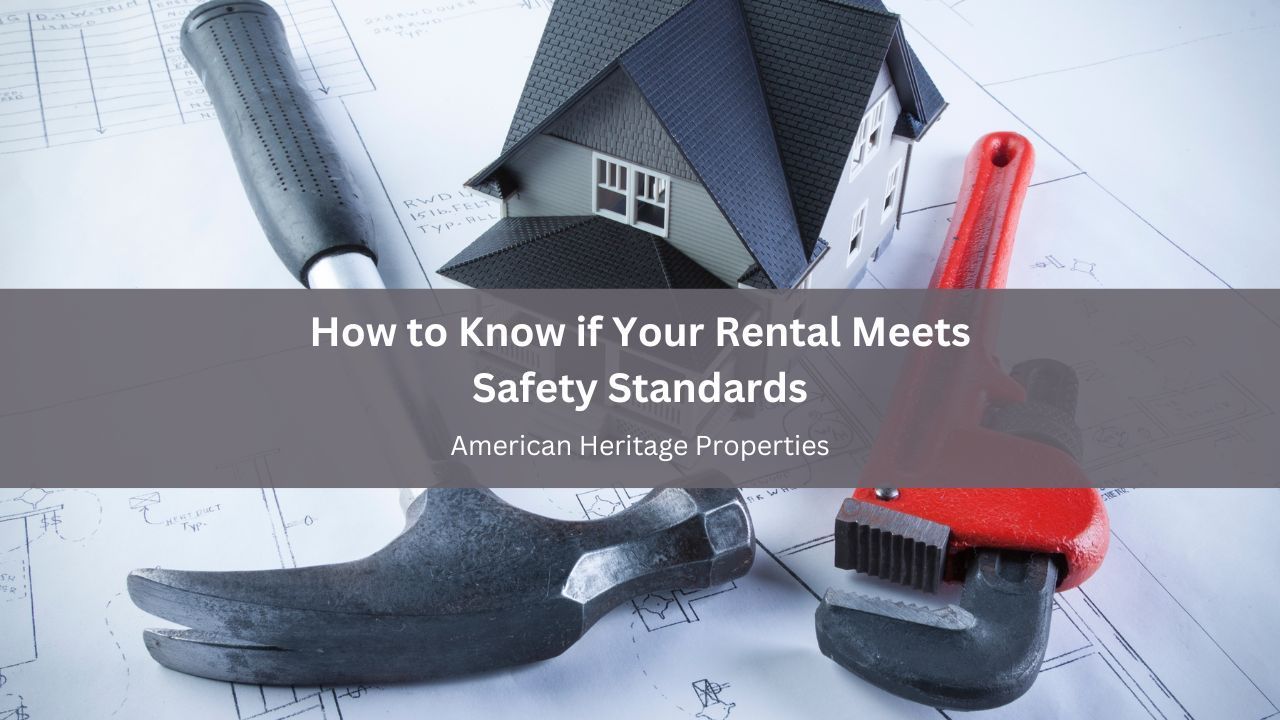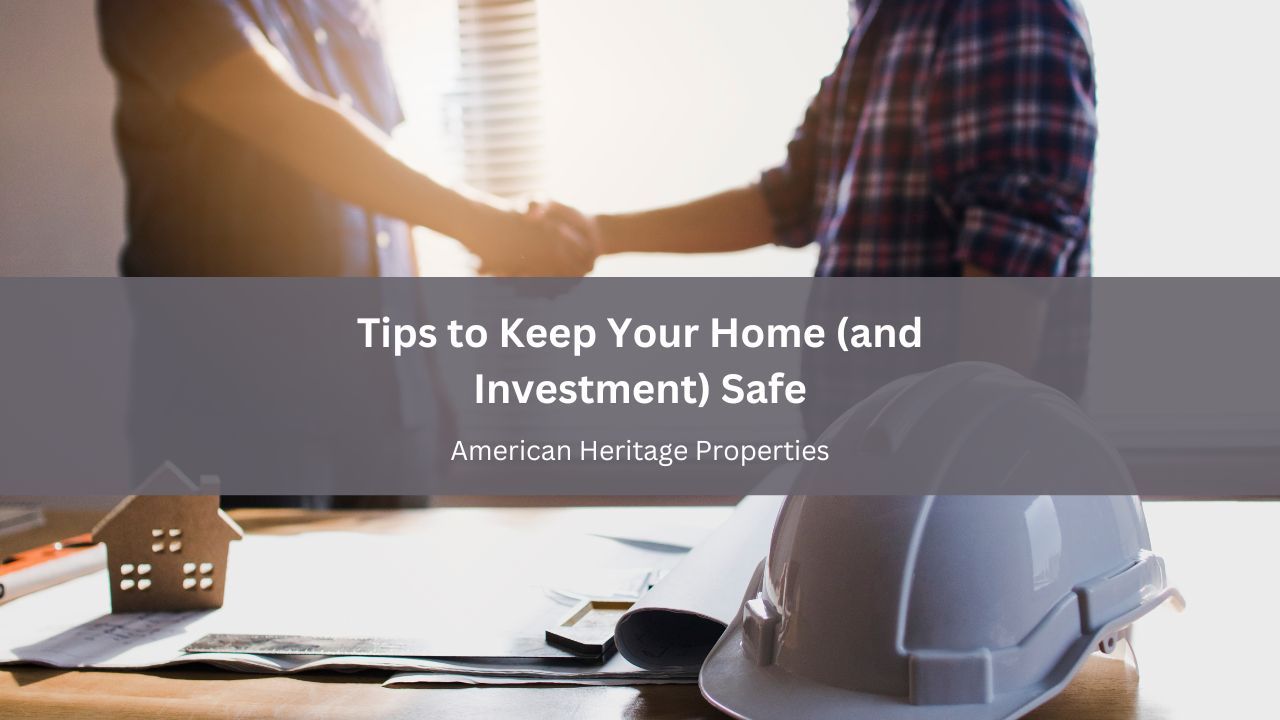Who is responsible for carpet cleaning when a tenant moves out?
I think everyone agrees that the carpet should be cleaned before a tenant moves in. But who is responsible for cleaning the carpet when they move out? There are two different thoughts on this–the first is that tenants should leave it in the same condition as when they moved in, which is just cleaned. The second thought is that they are only responsible for wear on the carpet that exceeds normal and that normal use of the carpet, just like the walls, is normal wear.
The typical arena for resolving matters like this is small claims court–well, you are out of luck there because I have had cases where the judges have ruled that the tenant is responsible and then cases where they rule the homeowner is responsible.
At American Heritage, we started using a one year time limit as the determining factor and we have never had a legal problem enforcing this rule. If a tenant resides for less than a year then they are responsible for cleaning the carpet, but if they are there for more than a year then the owner is responsible.
This system of one year is more practical for the landlord. Once a tenant moves out there will be turnover work necessary. If the carpet is cleaned by the outgoing tenant, and before the turnover work is completed, then it will likely be walked on by maintenance people and get dirty again. Then when the new tenant moves in the carpet does not appear clean.
If the tenant is there for less than a year then there will likely be very limited turnover work necessary so it is less likely to get dirty again so it makes it more practical to have the outgoing tenant clean the carpet
There is now law that specifically says a landlord has to clean the carpet, but they do have to keep it in good and sanitary condition. But it is customary and expected that it be cleaned and in good condition for every new tenant moving in.
If you have any questions or thoughts about this, please let me know.
Bill Ausen
Broker
American Heritage Properties









